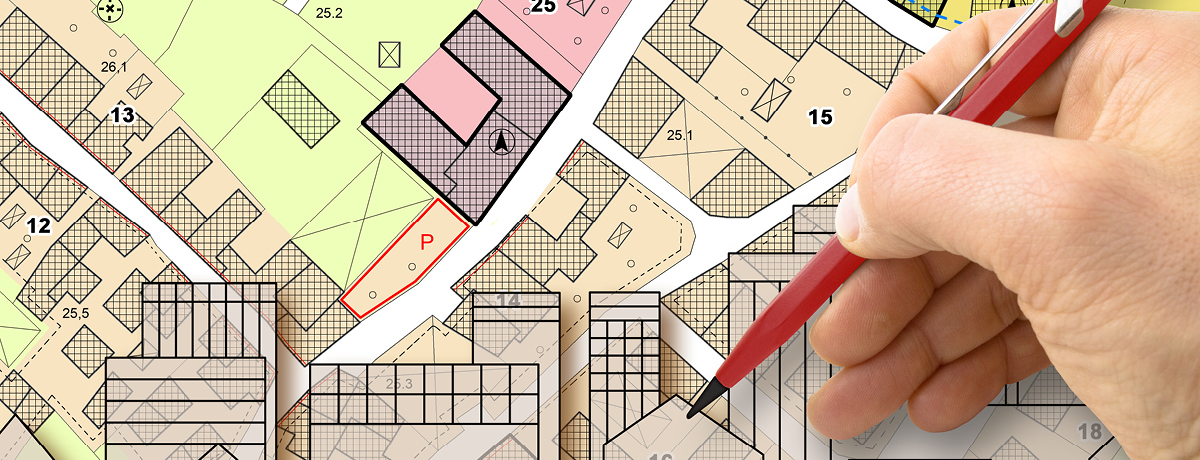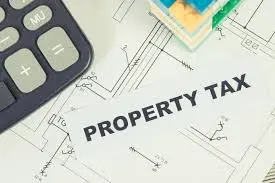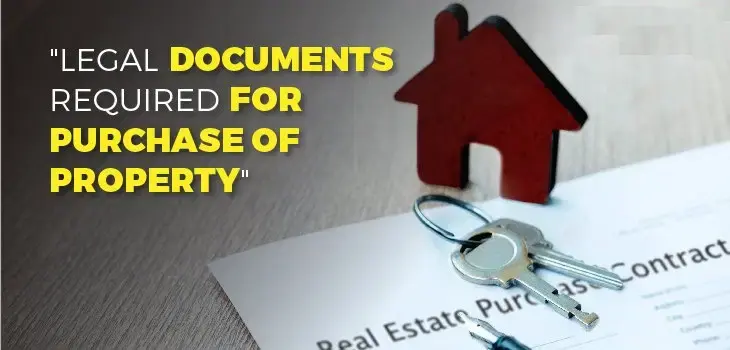Zoning laws are local rules that control how land can be used. They exist to keep communities organized, safe, and functional. These rules determine what types of buildings you can put on a piece of land and how those buildings can be designed, sized, and used. Zoning is created and enforced by city, county, or municipal governments, and every location has its own zoning code, so rules can vary widely.
1. Why Zoning Laws Exist
Zoning laws serve several important purposes:
1. Organize land use
They separate incompatible activities—for example:
- Keeping noisy factories away from quiet residential homes.
- Providing space for parks, schools, and shopping areas.
2. Protect public health and safety
Zoning prevents overcrowding, controls traffic flow, and ensures emergency access.
3. Preserve property values
A home in a residential zone won’t suddenly have a nightclub built next door.
4. Direct city growth
Cities use zoning to plan long-term, guiding where new housing, business districts, and infrastructure will go.
2. Major Types of Zoning
Although names differ by location, the main categories are:
1. Residential Zoning
This zone allows buildings meant for people to live in.
Allowed
- Single-family homes
- Duplexes
- Townhouses
- Apartment buildings (usually only in certain subcategories)
- Accessory dwelling units (ADUs) like backyard cottages or in-law suites (sometimes limited)
Restricted or Not Allowed
- Commercial businesses
- Industrial activity
- Short-term rentals (in some cities)
- Multi-family units in low-density zones
Common rules
- Minimum lot size
- Maximum building height
- Setbacks (distance from property line)
- Limits on number of units
2. Commercial Zoning
This is for business activities.
Allowed
Depending on the sub-zone:
- Shops and retail stores
- Restaurants and cafés
- Offices
- Salons and small services
- Hotels
- Gas stations (in certain categories)
Restricted
- Residential homes (sometimes allowed above businesses)
- Heavy industrial uses
- Large entertainment venues (unless designated)
Common rules
- Parking requirements
- Traffic impact considerations
- Lighting and signage restrictions
3. Industrial Zoning
This includes places for manufacturing, production, and warehousing.
Allowed
- Factories
- Distribution centers
- Warehouses
- Recycling facilities
- Heavy machinery operations
Restricted
- Residential buildings
- Most commercial storefronts
- Schools or hospitals
Sub-zones
- Light industrial: storage, small manufacturing
- Heavy industrial: chemicals, large factories, heavy noise
4. Agricultural Zoning
This protects farmland and natural areas.
Allowed
- Farms
- Barns and agricultural buildings
- Greenhouses
- Ranching and livestock
- Farm-related housing (farmhouses)
Restricted
- Subdividing land into small residential lots
- Commercial development
- Industrial facilities
5. Mixed-Use Zoning
A combination of residential and commercial use in one area.
Allowed
- Shops on the ground floor, apartments above
- Pedestrian-friendly neighborhoods
- Small businesses operating out of homes (in some areas)
Restricted
- Heavy industrial activity
6. Special Purpose / Special Zones
Cities may create special-use categories, such as:
- Historic districts
- School or university zones
- Medical districts
- Transportation corridors
- Coastal or floodplain zones (with extra safety rules)
- Each has unique restrictions to protect the area’s purpose or environment.
3. What Zoning Controls: Specific Rules That Limit What You Can Build
Zoning laws don’t just say what type of building you can make—they also regulate how you build it.
Here are the common restrictions:
1. Building Height
Limits how tall a structure can be.
Example:
- Residential: 30–35 feet
- Commercial: may allow taller
2. Floor-Area Ratio (FAR)
This limits the total building size compared to the size of the land.
Example:
If your FAR is 1.0 on a 5,000 sq ft lot → max building floor area = 5,000 sq ft.
3. Setbacks
The required minimum distance between your building and:
- Property lines
- Streets
- Neighboring homes
Prevents overcrowding and preserves privacy.
4. Parking Requirements
Many zones require:
- A certain number of parking spots per apartment
- Parking lots for commercial buildings
(This is changing in some cities to encourage public transit.)
5. Density Limits
Controls how many people or units are allowed per acre.
Example:
- Low-density: only one home per large lot
- High-density: apartments allowed
6. Lot Coverage Limits
Restrict what percentage of the lot may have structures on it.
7. Design and Aesthetic Rules
In some areas, especially historic districts, rules may require:
- Certain colors
- Roof shapes
- Materials
4. What You CAN Build (Examples)
On a Residential Lot
Typically allowed:
- A single-family home
- A garage
- A shed (within size limits)
- A fence
- A driveway
- A swimming pool
- An ADU (if permitted)
On a Commercial Lot
You can usually build:
- Stores
- Offices
- Restaurants
- Warehouses (in certain zones)
On Agricultural Land
- Barns
- Stables
- Farmhouses
- Silos
5. What You CANNOT Build (Common Prohibitions)
- A commercial store in a single-family residential zone
- A factory in a commercial zone
- A multi-story apartment building in a low-density suburban neighborhood
- A home in a heavy industrial zone
- A large shed or garage that exceeds lot coverage
- A tall building that violates height restrictions
- A building too close to the property line
- A structure in a protected natural zone without permission
6. Exceptions & Flexibility: How Rules Can Be Adjusted
Even strict zoning codes allow some flexibility through:
1. Variances
Approval to break a zoning rule when strict enforcement causes hardship.
Example:
A weirdly shaped lot might need a setback variance.
2. Special Use Permits
Allows non-standard uses that still fit the zone’s goals.
Example:
A home-based daycare in a residential area.
3. Rezoning
Changing the zoning category of a parcel—but this is often difficult and requires public hearings.
4. Conditional Zoning
Allows development under specific conditions (traffic mitigation, landscaping, etc.)
7. How to Check Your Zoning
To find out what you can build, you must check your local government’s information.
Steps:
- Look up your city or county planning department website.
- Enter your property address in the zoning map/search tool.
- Download the zoning code PDF (often hundreds of pages).
- Read your zone’s chapter.
- If confused, call the planning office—they can explain clearly.
8. Why Zoning Sometimes Causes Debate
Zoning can be controversial because it affects housing affordability and city growth.
Common debates:
- Should single-family zoning be eliminated to allow more housing?
- Should parking requirements be reduced?
- Should tall buildings be allowed near transit stations?
Some cities are reforming zoning to encourage more housing.
Summary
Zoning laws determine what can be built, where it can be built, and how it can be built. They:
- Protect neighborhoods
- Organize city growth
- Maintain safety and property values
- But they can also be strict, complex, and vary by location.
https://www.livehomes.in/blogs













